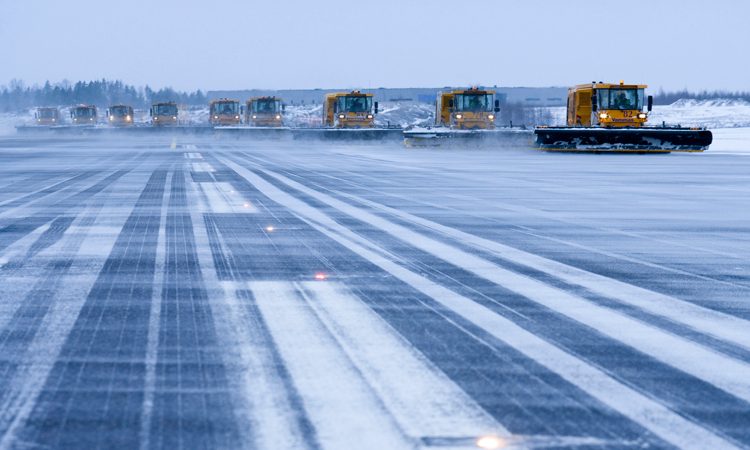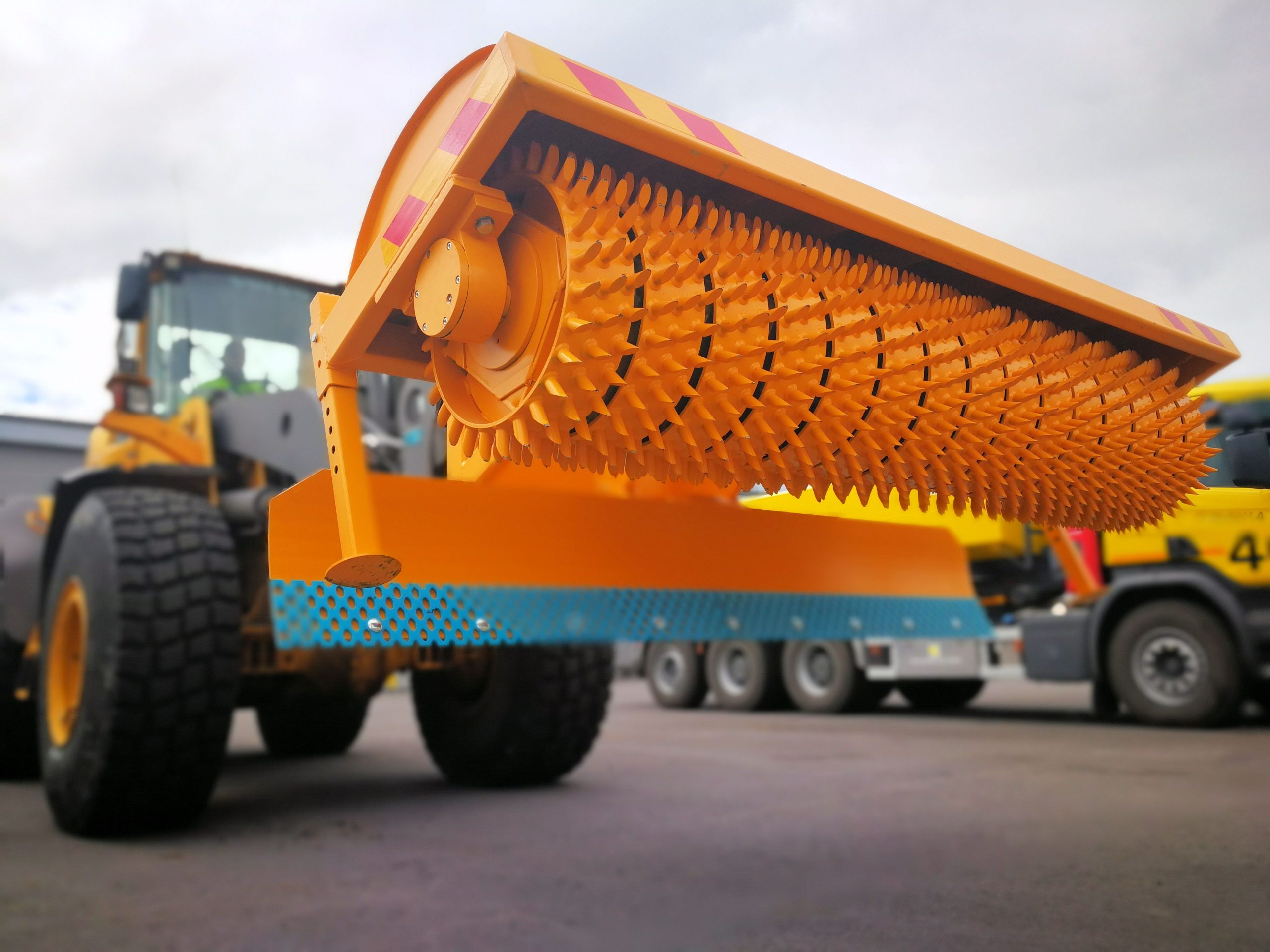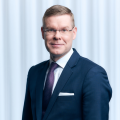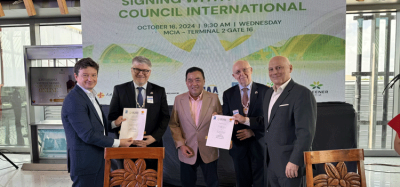Optimising winter operations through use of data
- Like
- Digg
- Del
- Tumblr
- VKontakte
- Buffer
- Love This
- Odnoklassniki
- Meneame
- Blogger
- Amazon
- Yahoo Mail
- Gmail
- AOL
- Newsvine
- HackerNews
- Evernote
- MySpace
- Mail.ru
- Viadeo
- Line
- Comments
- Yummly
- SMS
- Viber
- Telegram
- Subscribe
- Skype
- Facebook Messenger
- Kakao
- LiveJournal
- Yammer
- Edgar
- Fintel
- Mix
- Instapaper
- Copy Link
Posted: 9 January 2023 | Henri Hansson | No comments yet
As an airport company operating and developing 20 airports across Finland, Finavia is familiar with the varying winter conditions. Finavia is known for its ‘snow-how’ that it is constantly developing. Our goal is to create smooth conditions at all our airports at all times. Henri Hansson, Finavia’s Senior Vice President, Airport Infrastructure, Sustainability, Safety, Security & Compliance explains more.


Credit: Finavia
The development of maintenance is guided by Finavia’s sustainability objectives, which are at the heart of everything we do. Finavia’s airports are carbon‑neutral, and our next target is net zero emissions from our own operations. Finavia’s airport fleet already uses renewable fuels, and we aim to improve the sustainability of our winter operations by further reducing the use of materials, energy and chemicals, among other things.
Continuous learning enables optimised processes
At Finavia, we strive to optimise our maintenance processes and solutions to become more efficient and environmentally friendly by collecting a wide range of data from different operations. By combining real‑time measurement data with collected historical data and data from other sources, we aim to further improve our processes.
For example, an optimised anti-skid process is being developed, where the materials used are automatically optimised for the best possible conditions based on comprehensive data. Our top priority is the safety of our runways in all conditions.
Before the anti-skid process begins, an inspector analyses the condition of the runway and decides how much de-icing agent to apply to the runway. After application, the measurement is repeated. The accumulated data is stored in a database where it can be combined with real-time measurement dataZand information on different weather conditions and other variables. Our goal is to create a continuous learning model that combines micro‑and macro-level data to model different combinations and thus programme the machine to make decisions automatically. The results are then measured again to continue learning.
Autonomous winter operations are an interesting example of a machine-optimised process that could enhance the maintenance of snow-rich runways in the future”
The same continuous learning model is also used, for example, in a sweeper blower with a rotating steel brush that wears down as it brushes the runway surface. Our data project aims to extend the life of the brush by studying the pressure with which the brush presses against the runway. In the future, the goal is to use the accumulated measurement and conditions data to automatically select the appropriate brush pressure.


Credit: Finavia
Testing and co-developing new innovations
At Finavia, we are constantly exploring the possibilities of new technologies and solutions. Our goal of zero emissions at our airports requires bold new approaches, including in terms of equipment.
One of the interesting technologies of the future is hydrogen-powered vehicles. There is not yet much technology available for heavy machinery, but there is promising development work around this technology, which we are interested in supporting. We are currently identifying research projects and solutions under development that we could test in the maintenance of our airports. We want to encourage and support equipment suppliers to bring new, lower‑emission and more economical solutions to the market.
Another development project we have been involved in is developing an unmanned airport fleet. Autonomous winter operations are an interesting example of a machine-optimised process that could enhance the maintenance of snow-rich runways in the future.
Our goal is to create a continuous learning model that combines micro- and macro-level data to model different combinations and thus programme the machine to make decisions automatically”
We are currently studying the impact of climate change on airport maintenance. It is important for us to understand what changing weather conditions mean for equipment and processes, for example.
New weather conditions challenge maintenance
As the average temperature rises, especially at airports in northern Finland, we can expect more and more challenging situations. As the temperatures are increasingly ranging from a few degrees Celsius to a few degrees below zero, this kind of weather causes more and more rain and sleet, among other things. In addition to increasing water volumes and possible flooding, challenges may also arise from sub‑cooled water, which increases the need for maintenance. Understanding future weather patterns is important to adapt both our procedures and infrastructure to changing conditions.
Biography


Issue
Related topics
Airside operations, Emissions, New technologies, Runways and pavements, Safety, Security, Sustainability, Winter operations


















